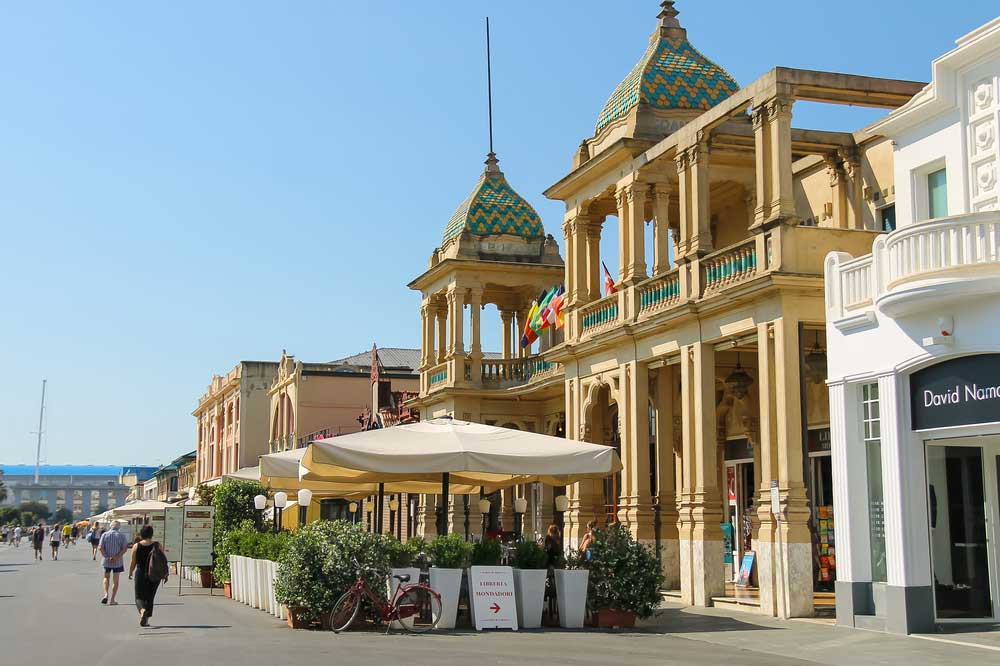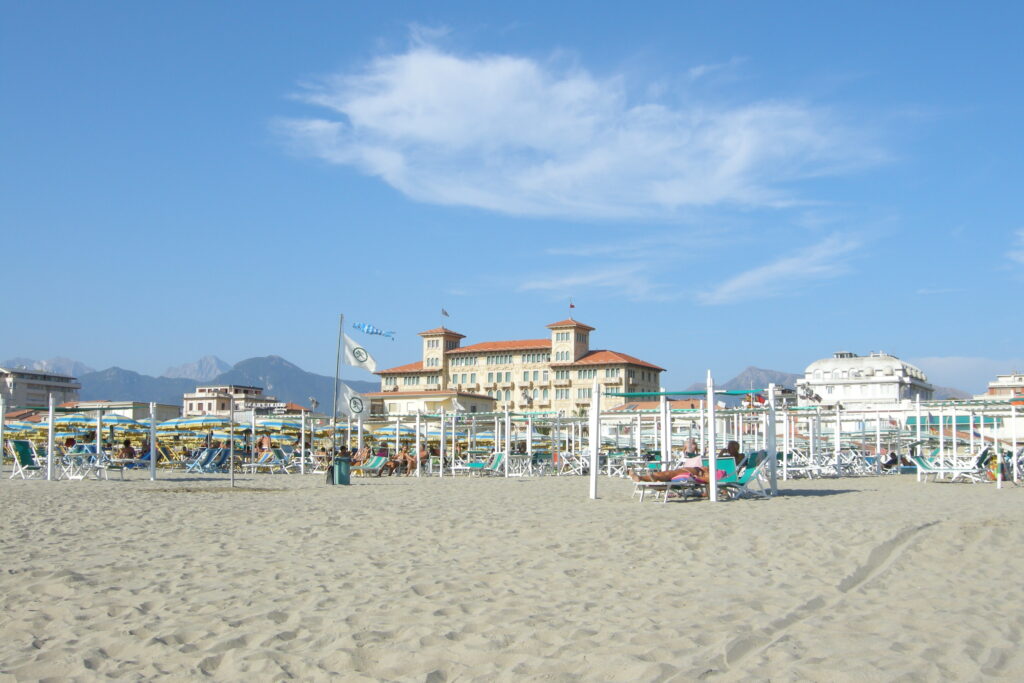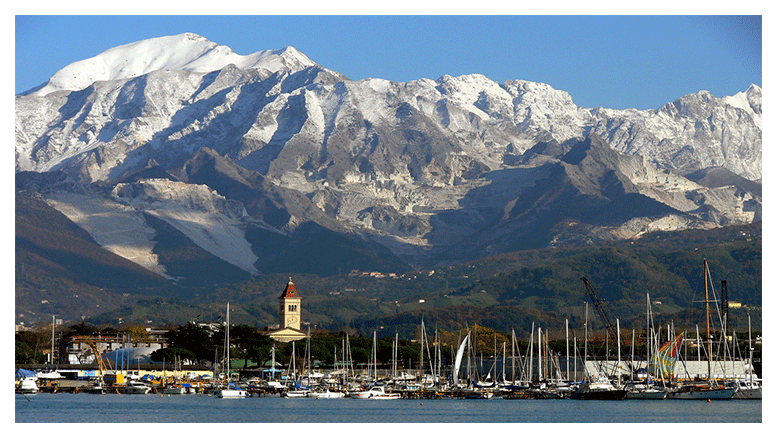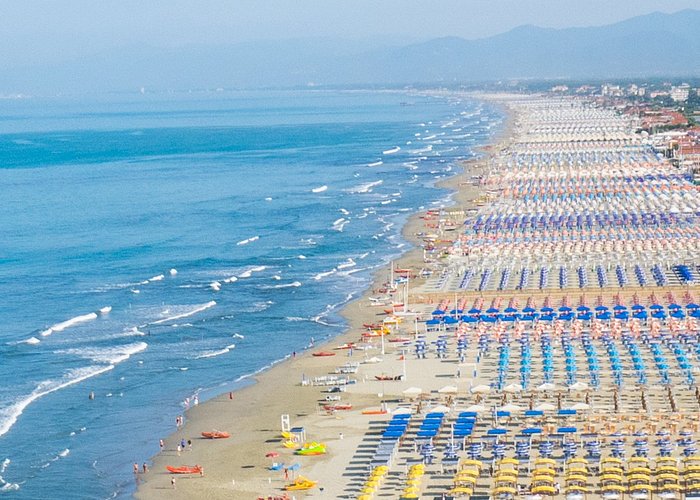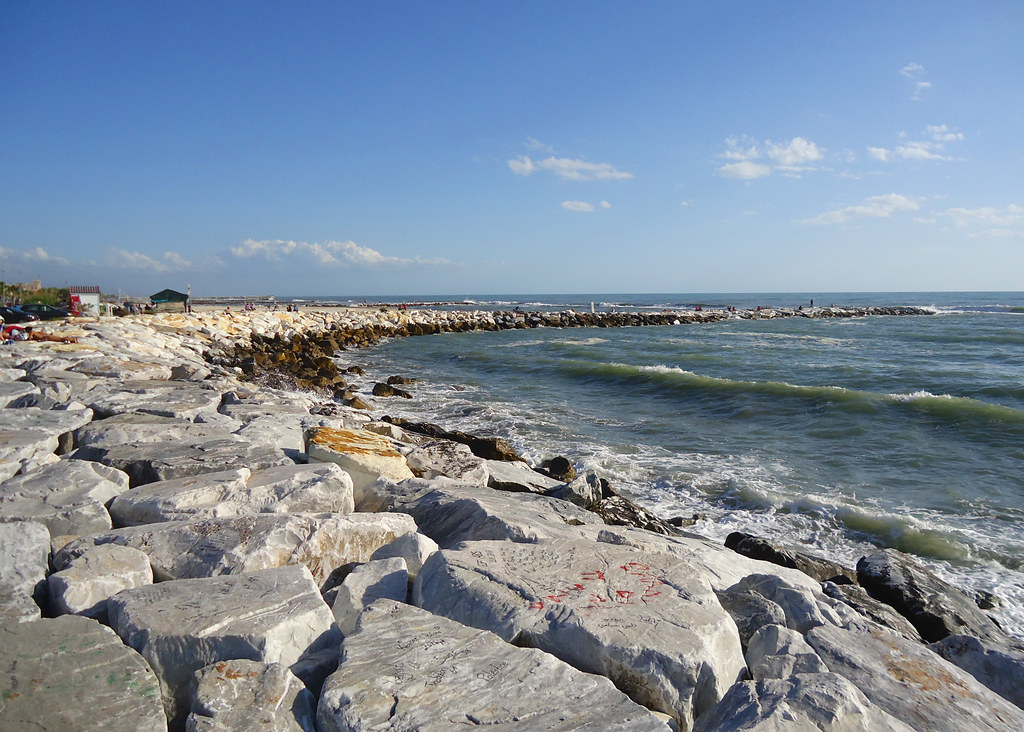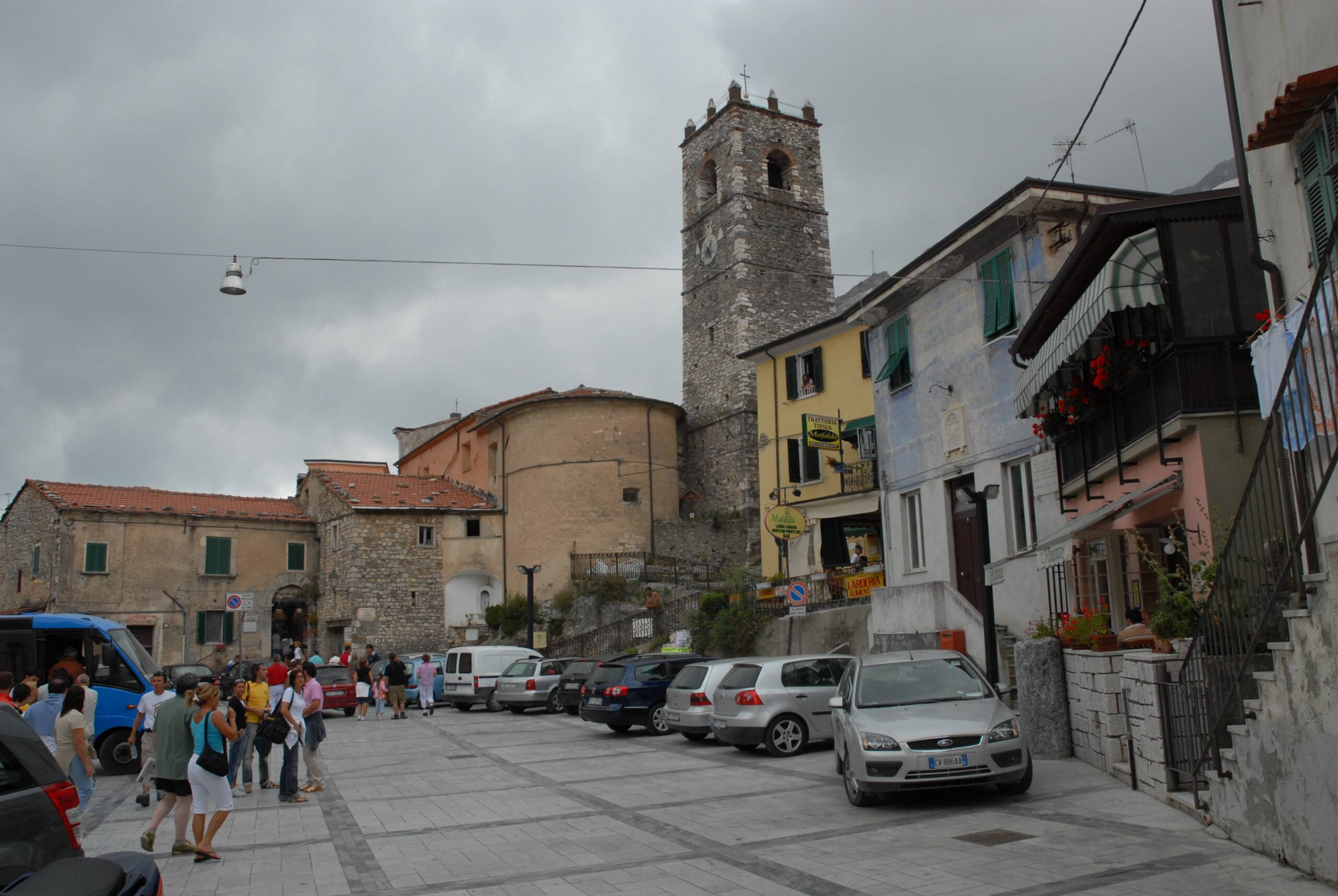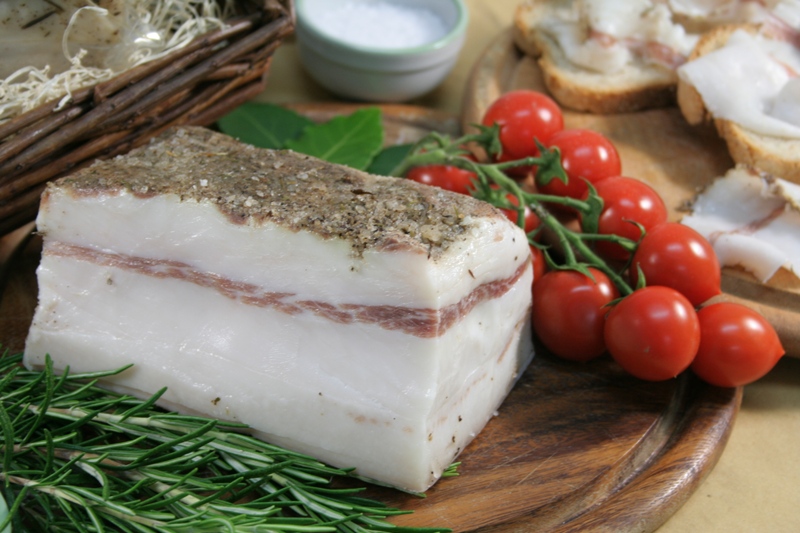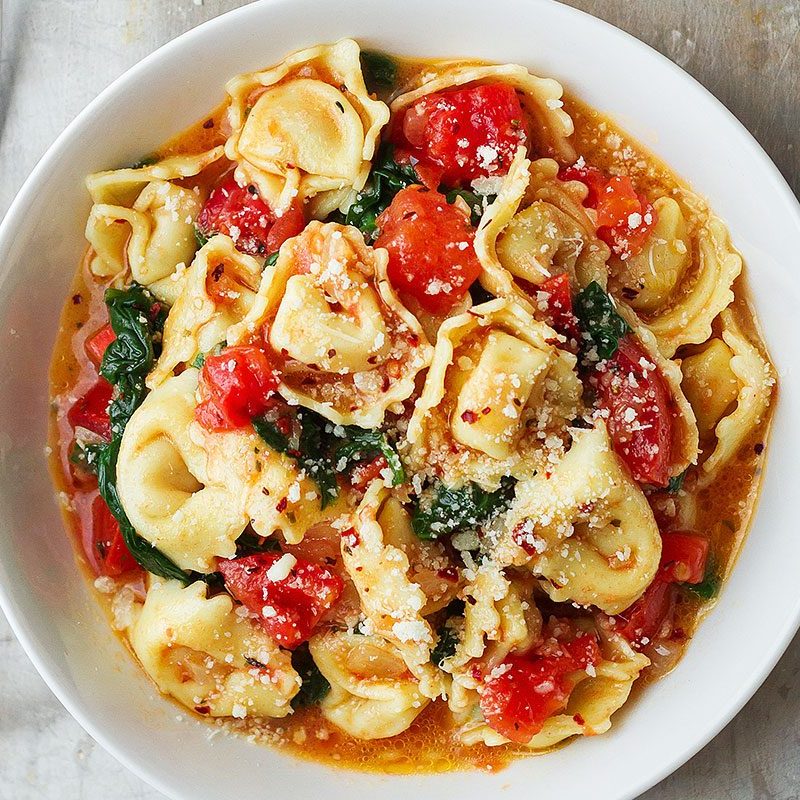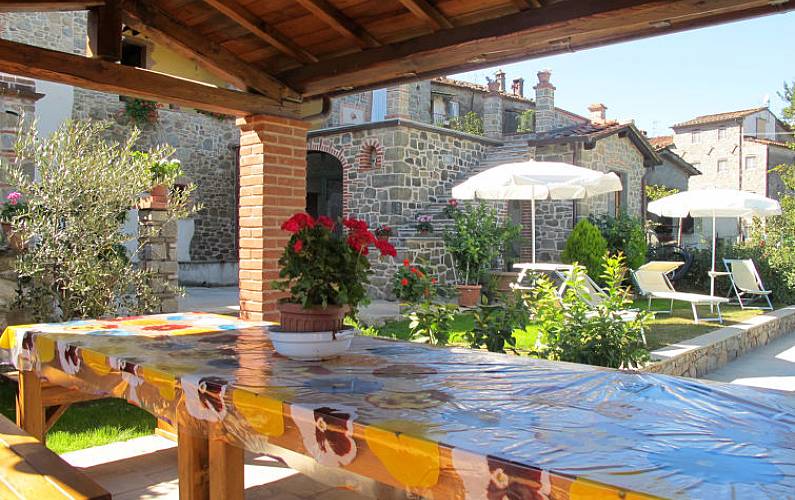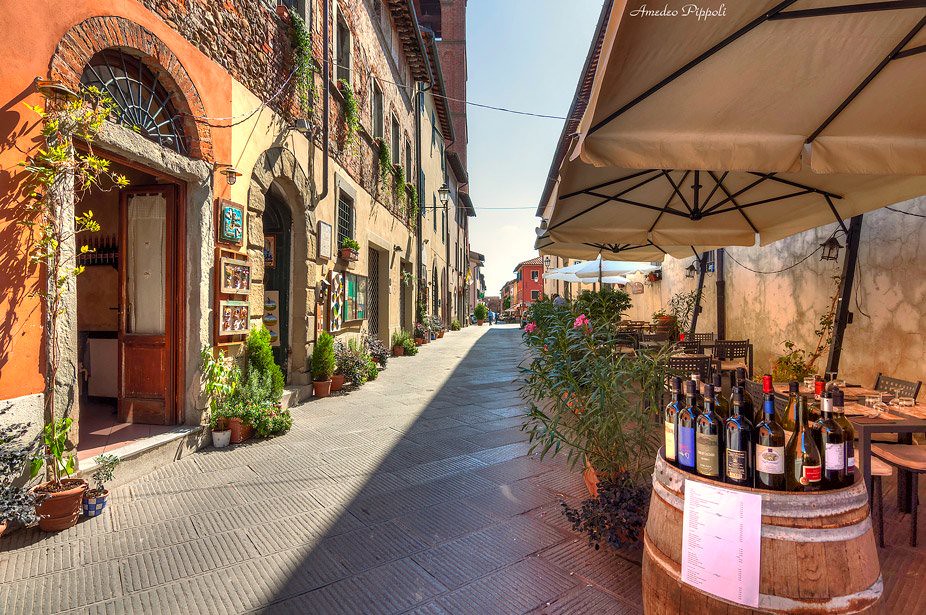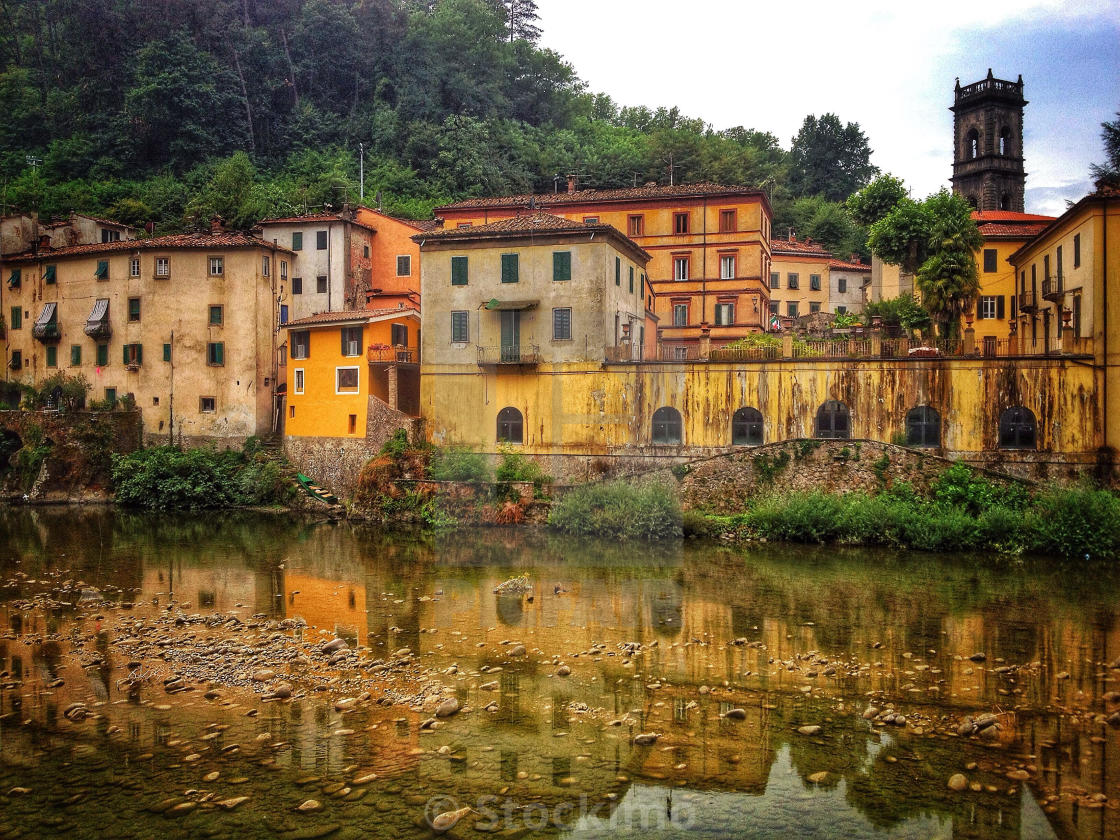Massa and Lucca are two captivating regions in northwestern Tuscany, known for their medieval city walls, historic streets, and tree-lined promenades. Surrounded by the dramatic Apuan Alps to the north and west, these regions blend natural beauty with rich cultural heritage.
Massa-Carrara, often referred to as the marble city, is shaped by the imposing White Alps and famed for its historic marble quarries. The province is strikingly divided between its clear blue sea and brilliant white marble mountains. The Marble Museum and artisan workshops are essential stops—even for those drawn more to the coast than the quarries.
Lucca, by contrast, is celebrated for its beautifully preserved old town, complete with a medieval clock tower, ancient churches, and easy access to nearby beaches. Whether you’re seeking history, art, or seaside relaxation, Lucca delivers a well-rounded Tuscan experience.
In this guide, I’ll take you through the must-see places in Massa and Lucca—two distinctive yet equally enchanting corners of Tuscany.
Places to Visit in Massa and Lucca
I believe there are many blogs about the best sights to see in either of these cities; both are full of beautiful monuments and unique sights to explore. However, I want to share only a few highlights from the beaches and extraordinary places I recently visited during a two-day trip to Massa-Lucca. Many of these sites are not well-known tourist attractions. I suggest you stop by these places for a while!
MARINA DI MASSA
This strategic location has been a centre for trade and pilgrimage along the Via Francigena route for hundreds of years. Sandy beaches line the Apuano-Versilia coast, which leads into paths overlooking the sea on the Monte Marcello mountain. Not only will these paths appeal to those who enjoy relaxing on the beach, but also to those who enjoy discovering hidden coves and magnificent views.
Visit the Ponte dell’Amore, the most romantic place around the marine area, which features an artist’s engraved marble stones with love poems. In fact, I met the artist! He even complained about my all-black clothes, and I had to sway him with an old joke.
COLONNATA, MASSA
The city is renowned for its pork fat delicacy called Lardo di Colonnato. Quarrying marble with slave labour, the village aimed to replace expensive imported Greek marble with Luni marble from the area. Massa is rich and savoury in its cuisine. Indeed, the lard is the product of excellence, resting in Carrara marble basins with spices.
Try the delicious noodles with beans, stuffed tortellini, and lasagna lard. Unless you are a vegan, this place probably won’t be a food stop for you.
CASTELLO MALASPINA, MASSA
The steep climb towards the Castello Malaspina begins near Piazza Mercurio. The road leading to the castle, Via Piastronata, is part of one of the tracks of the Via Francigena. The fortress includes several structures built on top of a relief overlooking the town. The current complex is the result of several construction phases that completely changed the appearance of the fortress over the centuries.
During the 10th century, the Obertenghi built the castle’s first nucleus, including the tower and curtain wall. The structure was additionally expanded by Castruccio Castracani and transformed by the Malaspina family. They built a large Renaissance residence between the 15th and 16th centuries. If you visit Massa, the Malaspina Museum is a must-see stop.


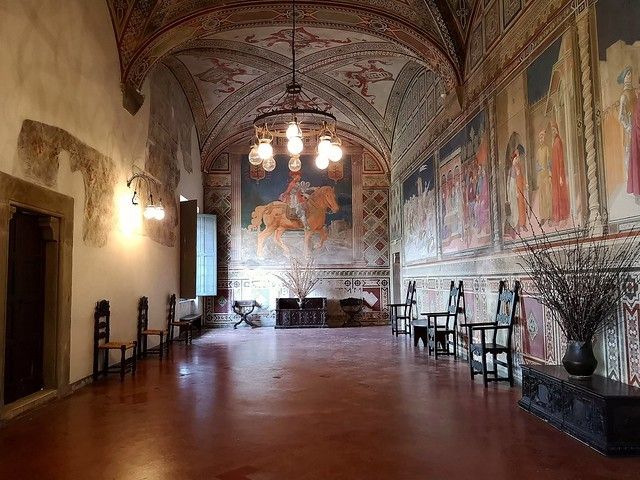
MONTECARLO, LUCCA
In the province of Lucca, this commune is known for its vineyards, which make the landscape and wine production distinctive. The symbol of this town is the Rocca del Cerruglio, dating back to the 14th to 16th centuries. It was from Cerruglio that Castruccio Castracani, the lord of Lucca, led his troops to victory in the battle of Altopascio in 1325 against Lucca, Pisa, and Florence. Fortress Montecarlo was expanded first by the Lord of Lucca, Paolo Guinigi, and then by the Florentines, especially by the Grand Dukes, who, by 1437, had taken control of Montecarlo. Furthermore, the commune also produces oil for high-quality wines, both red and white.

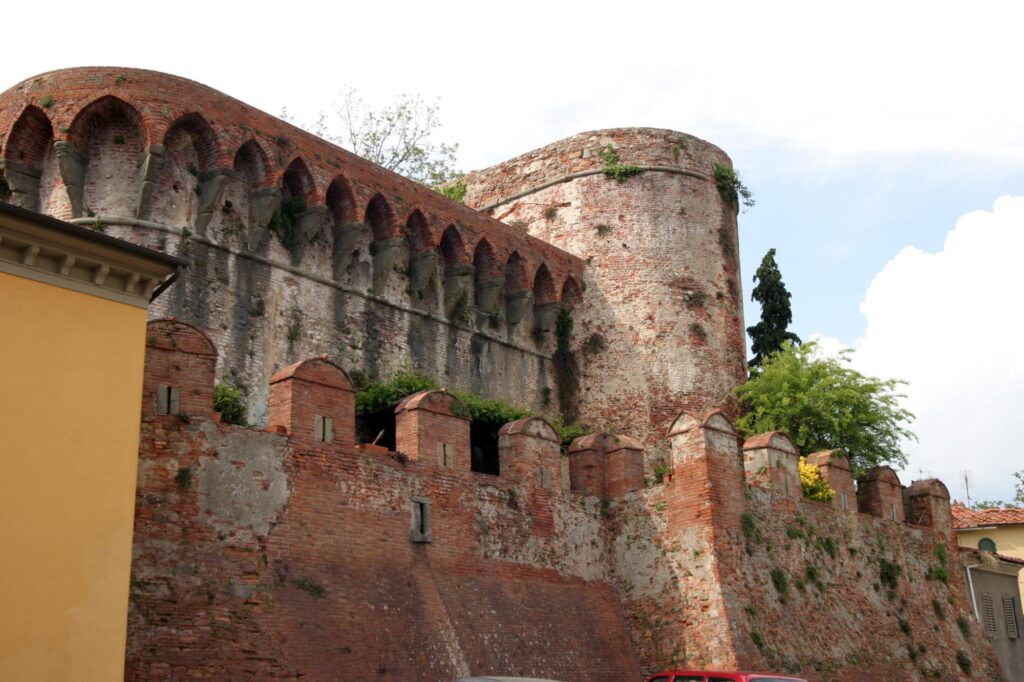
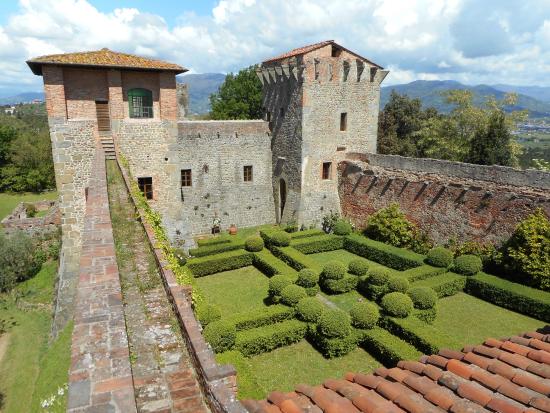
BAGNI, LUCCA
Bagni di Lucca is one of the oldest spa towns in Europe, also known as the land of princes and poets. Although Bagni is now an undiscovered destination, it is pleasant to visit and explore the alleys of the older part of the town along the river. The area surrounding the river is attractive and easy to reach. Apart from outdoor activities like hiking, biking, and horseback riding, the region is renowned for being a relaxing and peaceful place. The picturesque setting is perfect for spending time in the town’s cafes and bars.
VIAREGGIO, LUCCA
The seaside city is best known for its carnivals and public beaches on its southern coast. Viareggio is also famous for its shipbuilding industry, only 21 km from Lucca’s centre. The city is renowned for its long beaches, pine woods, great shopping, and lively nightlife.
If you are looking for beach destinations near Florence or Pisa, this is where you should go!
